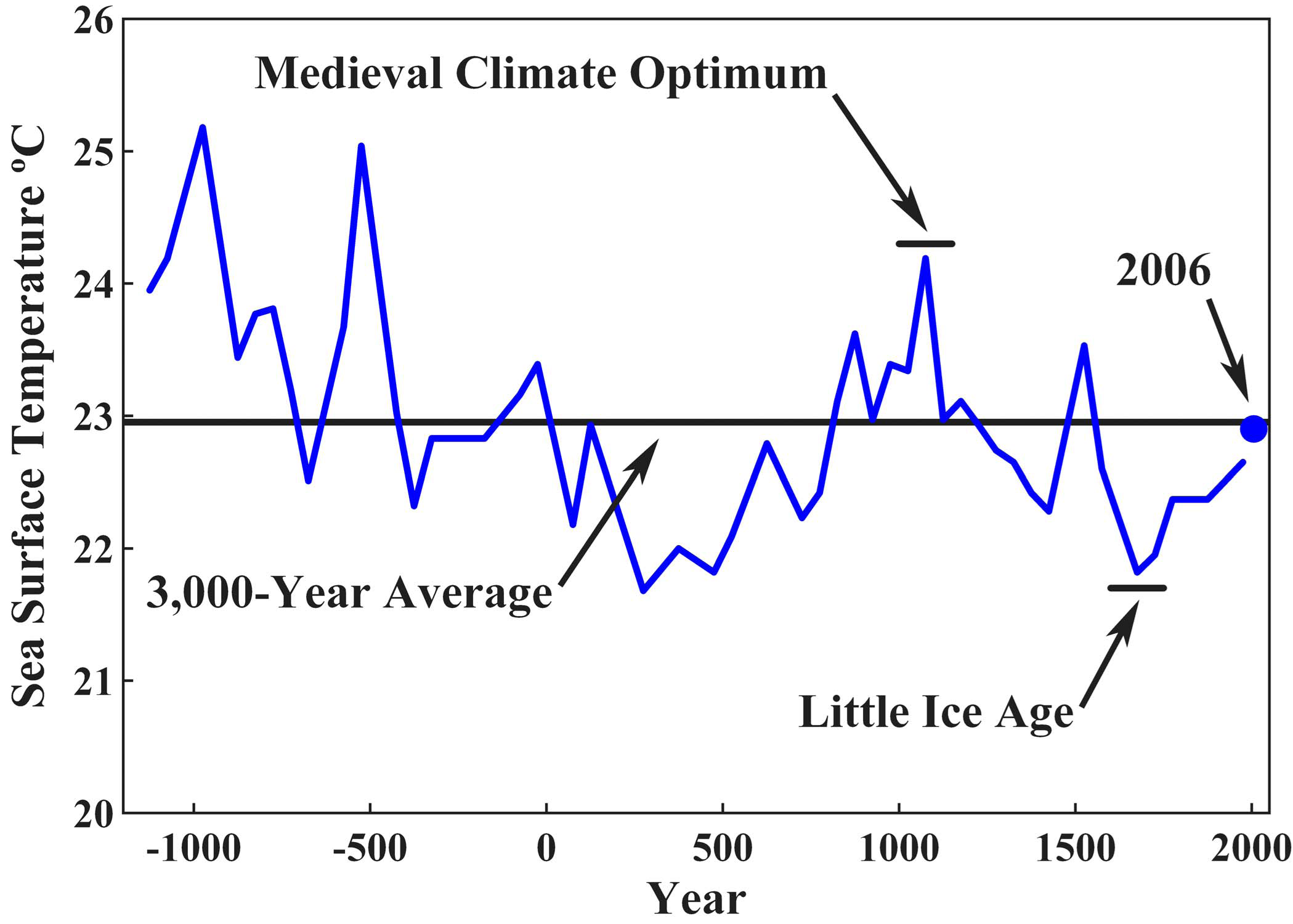Water, CO2, and climate change
We are currently under threat. Climate change, global warming, polar ice caps melting, ocean levels rising swallowing coastal cities. Forest fires, earthquakes, hurricanes, the end of the world as we know it. All blamed-on CO2, a gas that is said to be a greenhouse gas and it is emitted by human activity: cars, factories, farms, cow farts etc. So, lets check the facts.
What is a greenhouse gas?
A greenhouse gas is a gas that allows the sunrays come into the atmosphere bringing light and heat into it but does not allow the heat to radiate out again, trapping it inside the atmosphere and effectively increasing the temperature of the earth.
Is CO2 a green house gas?
Yes, a little bit. There are other gases that have a much stronger greenhouse effect, the strongest one being water vapor. Without the water vapor greenhouse effect, the earth would be about 14°C cooler. While CO2 has increased substantially, its effect on temperature has been so slight that it has not been experimentally detected.
Question: If water vapor’s greenhouse effect is so much worse than CO2’s. Shouldn’t we focus on getting rid of water instead?
The global warming hypothesis has always failed experimental tests. The computer models used to predict climate are theoretically flawed also. Cooling from negative physical and biological feedbacks to greenhouse gases nullifies the slight initial temperature rise. In the case of water vapor for example, computer models treat the feedback from clouds, water vapor, evaporation and condensation rates etc. incorrectly.
How does this relate to plants?
Plants absorb CO2 from the atmosphere during their photosynthesis process, they use the carbon atom to synthetize energy in the form of sugar and release the oxygen back into the air.
As atmospheric levels of CO2 increases, the plant’s source of energy is more readily available so plant growth rates increase. The more plants grow, the more CO2 they can absorb, bringing the CO2 levels back down until a healthy balance is reached. As it is easy to see this biological feedback keeps the levels of CO2 in check.
So how much CO2 do we contribute to the atmosphere?
Total human industrial CO2 production, primarily from use of coal, oil, and natural gas and the production of cement, is currently about 8 Gt per year.
To put it in perspective, each year, the surface ocean and atmosphere exchange an estimated 90 Gt, vegetation and the atmosphere, 100 Gt; marine biota and the surface ocean, 50 Gt; and the surface ocean and the intermediate and deep oceans, 40 Gt. For a grand total of 200 Gt of CO2 per year without any human intervention. Our 8 Gt per year does not seem so relevant now, does it?
We are always told that there is scientific consensus on climate change. We are told to believe that most scientist agree on the theory put forward to us that CO2 is the cause of the end of the world and we have to reduce it, via taxes and climate lockdowns. How ridiculous!
How was scientific consensus reached on climate change / global warming?
The United Nations IPCC issued a study review in the form of a lengthy report on climate change, which the UN claims was “authored” by roughly 600 scientists.
These “authors” were not, however, given the authority to approve the published review for which they are putative authors. They were allowed to comment on the draft text, but the final version does not correspond to or include many of their suggestions. Instead, the final text adheres to the United Nations goal of increasing support for global taxation and rationing of industrially useful energy.
Simply put, the UN put out a document claiming to be research on climate change authored by 600 scientists. But these scientists could not approve it, disapprove it, or change it, only comment on its draft, and their comments might not even be included in the final document. The document is not scientific research, it is United Nation’s policy.
On this website there is a very long list of scientists (more that 31,000 in USA alone, more than 9,000 of them are PhD’s) that signed a petition against the idea of consensus on global warming. www.petitionproject.org
The Kyoto Protocol
In December 1997, Vice President Al Gore attended a summit in Kyoto, Japan, where he signed a pact to limit global energy production due to concerns about human-caused global warming. This pact was not, however, presented to the United States Senate for ratification.
Mr. Gore and his supporters at the United Nations have claimed that the “science is settled”. That an overwhelming “consensus” of scientists agrees with the hypothesis of human-caused global warming, with only a handful of skeptical scientists disagreeing.
Furthermore, for many years, proponents of global energy rationing have argued that, in light of this claimed scientific “consensus,” no further discussion of the science involved in this issue is necessary before legislative action is taken to heavily tax, regulate, and ration hydrocarbon energy.
On the other hand, these super rich globalists that claim the climate is changing and the globe is warming up to the point that the polar ice caps are about to melt and the ocean levels rise. These rich people that never lose money in their investments, because if there is something they are really good at is at making money, smart investments. Why are they still buying beachfront mansions in Florida? Aren’t those supposed to be under water in a couple of years? Why are they not investing on mountain houses, safe from the rising oceans? They are lying to us.



